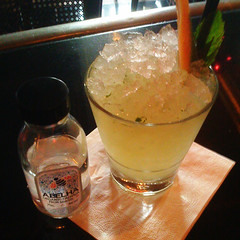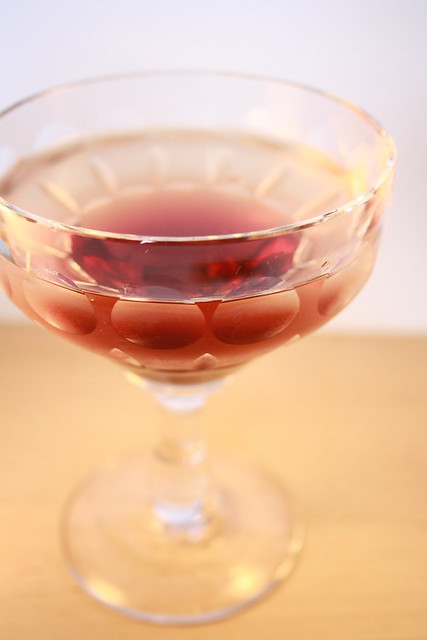Twenty Six: Federação

We've been experiencing a small technical issue, so bear with us. We're trying to find a way to kick off another post about cachaca and, of course, the obvious thing to do is make a joke about Brazil's notable exports - sugar, bikini waxes, footballing humiliation - and follow the punchline with the words "and now there's one more: cachaca." The problem is 1) doing this in a slightly less clichéd manner, and 2) without sounding like a total prick. Don't worry, we've got the guys from Grammar & Syntax doing their thing and we can get things kicked off in just...a couple...of...
...And now there's one more: cachaca.
There are aspects of the spirit that are still to be fully revealed to markets outside of Brazil and while some varieties are available in the UK, I suspect that aged cachacas are one of those categories. Abelha Gold is aged for three years in small barrels made from garapeira - a Brazilian hardwood - which gives the liquid a fantastic golden amber colour. The aroma is reminiscent of an anejo tequila - the vegetal notes are less pronounced, with hints of vanilla, cinnamon and caramel. It's a proper grown-up spirit with a great range of flavour. Being honest, it's the first aged cachaca I've spent much time with, but it's made me eager to try more.

Federação
50ml Abelha Gold Cachaça
2 barspoons sugar cane syrup
1 dash Peychaud's Bitters
15ml pressed apple juice
Place the bitters and syrup in the base of a rocks/old-fashioned glass. Add a couple of ice cubes and stir to thin out the mixture. Add the cachaca, fill the glass with ice and stir. Float the apple juice and garnish with an apple fan.




